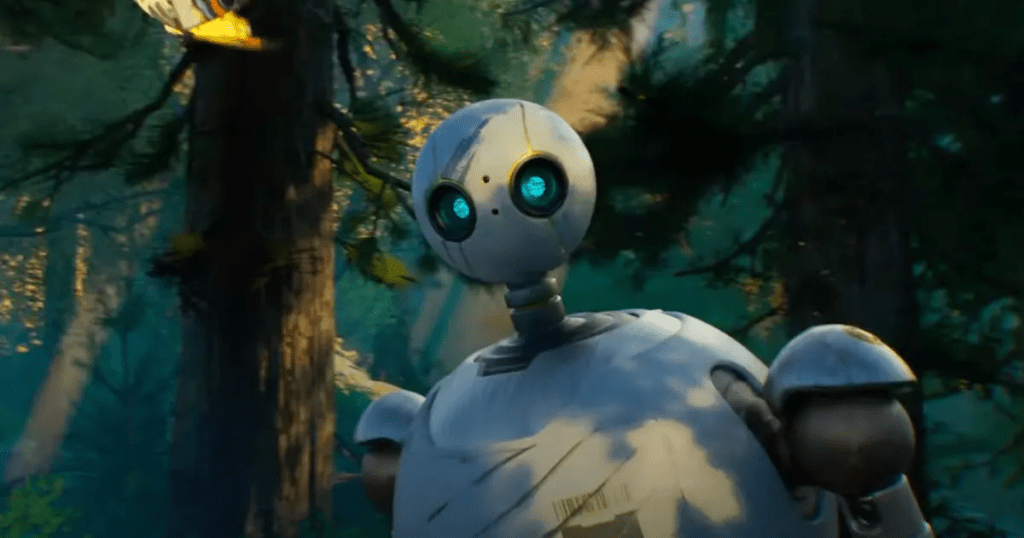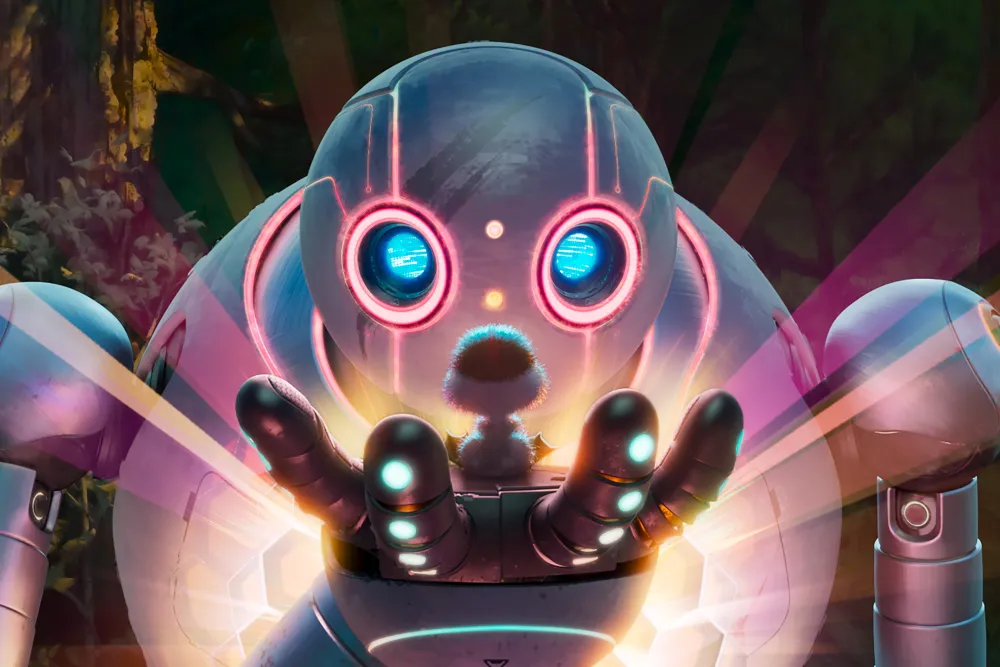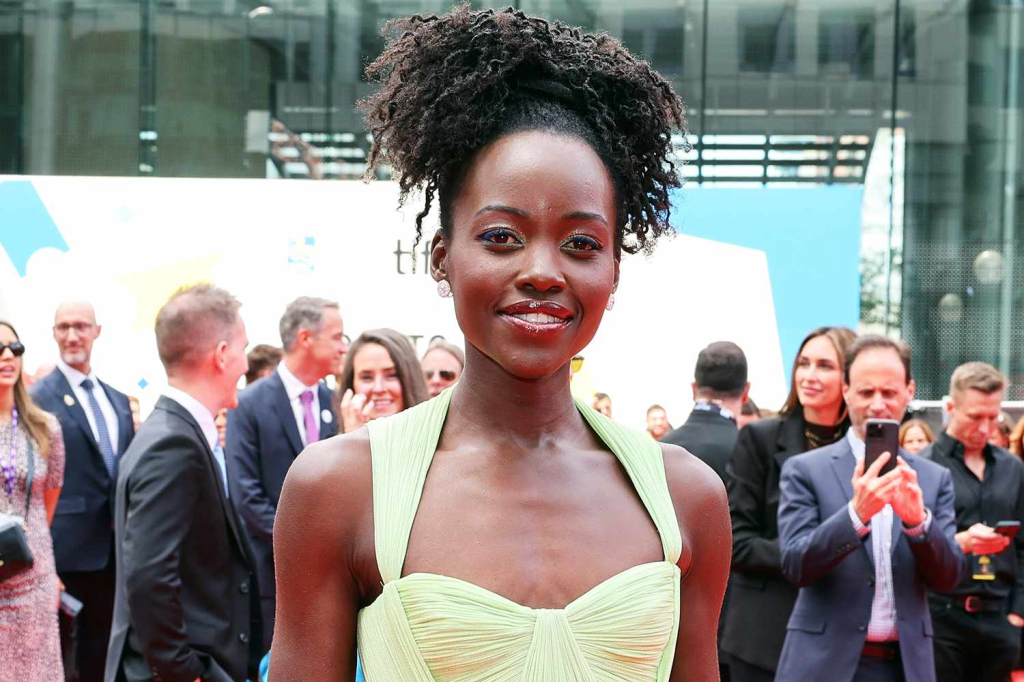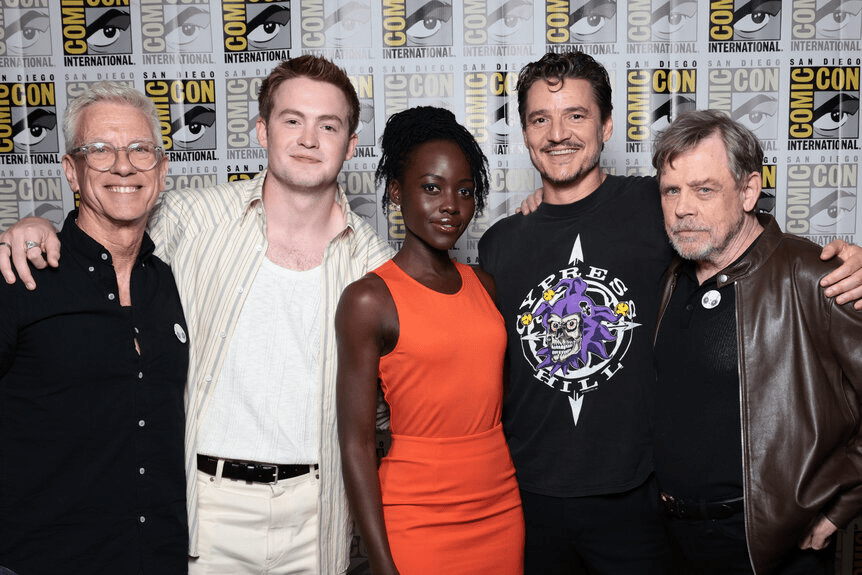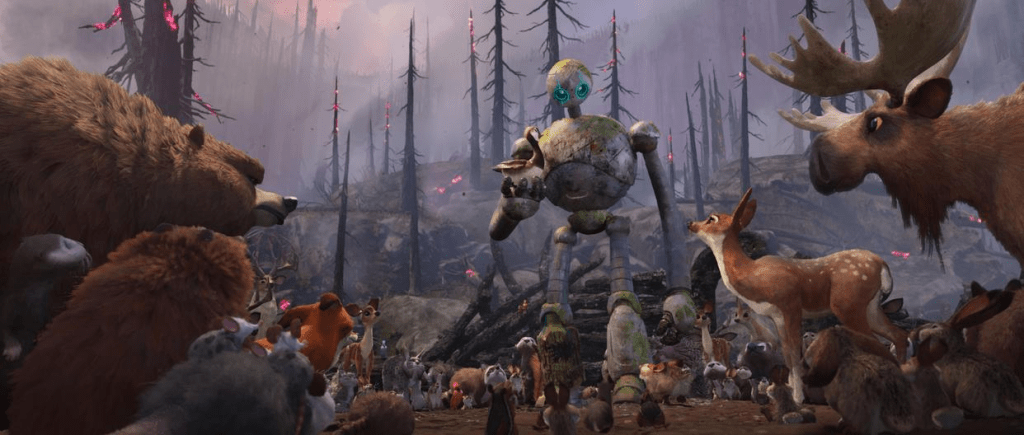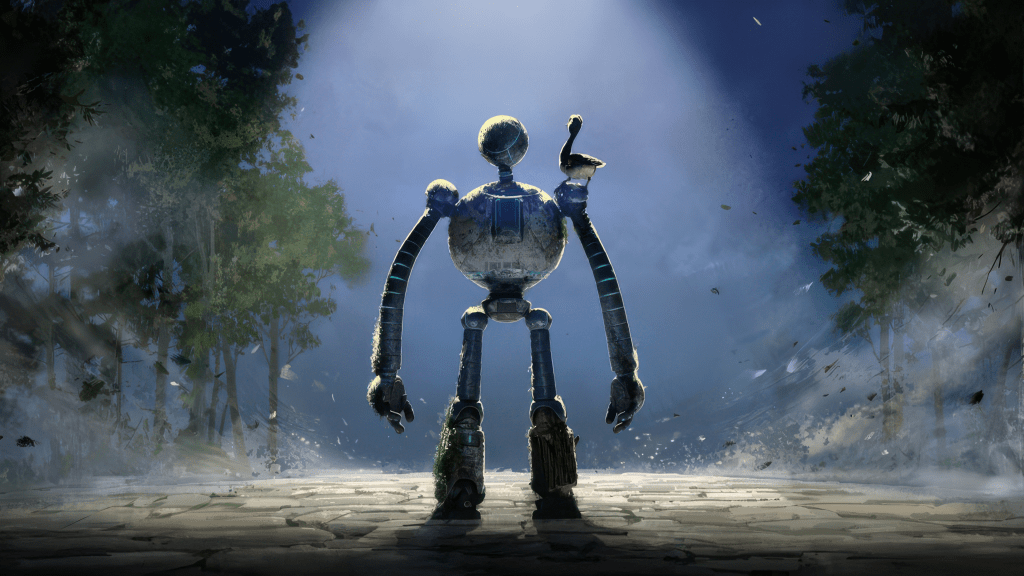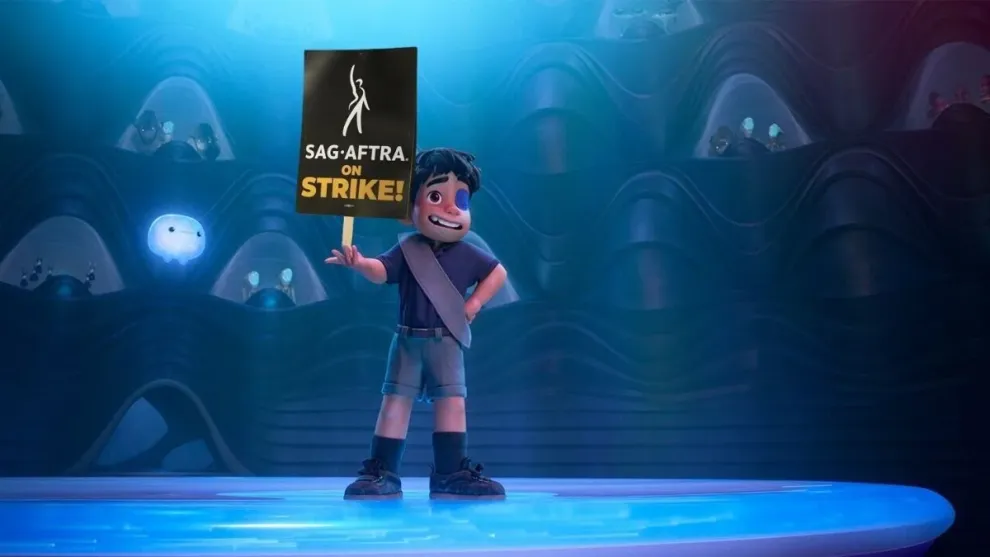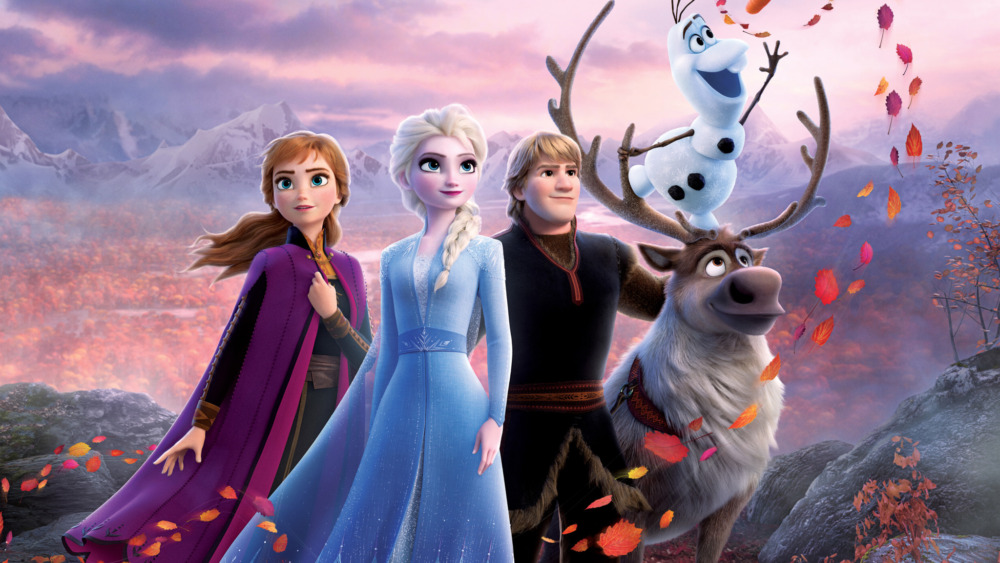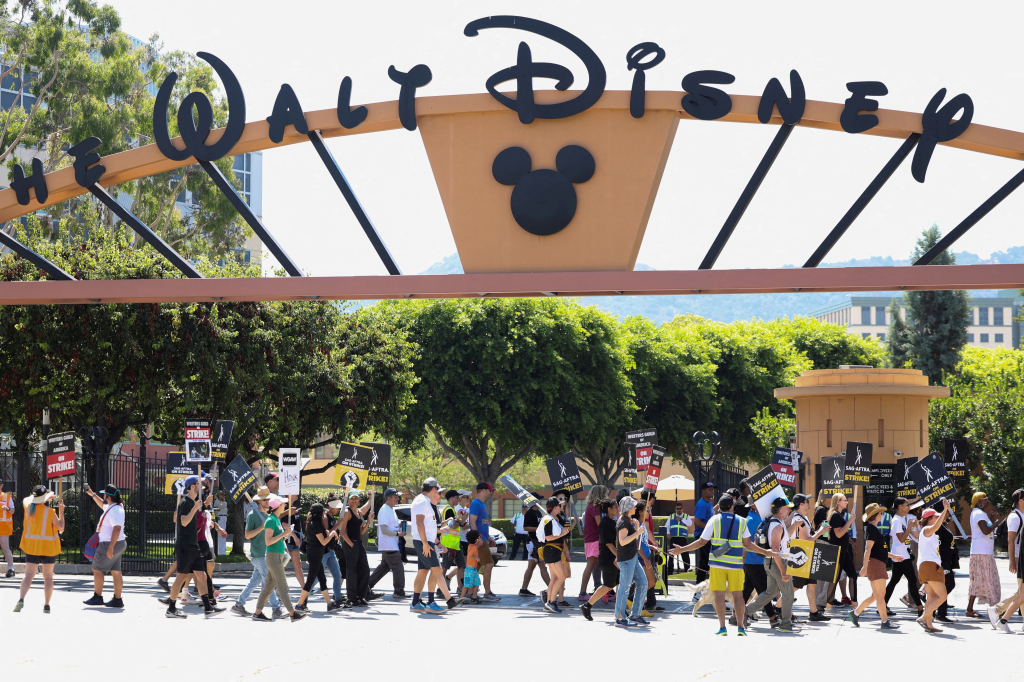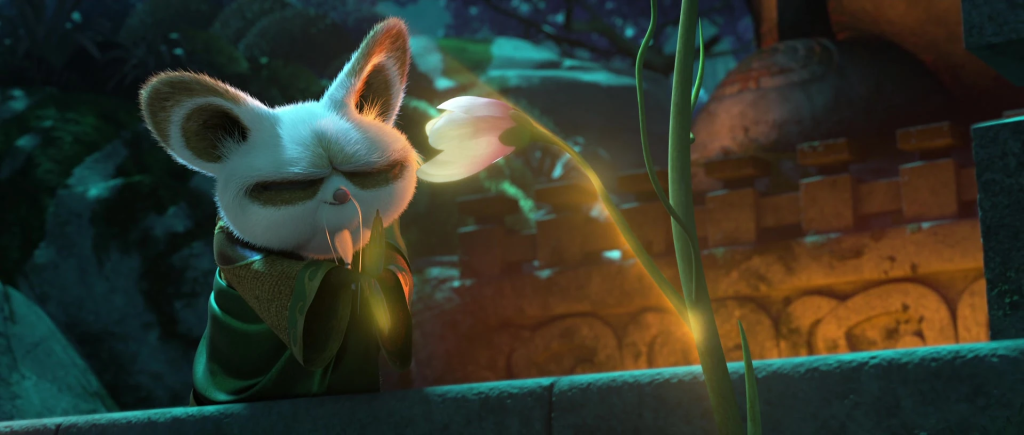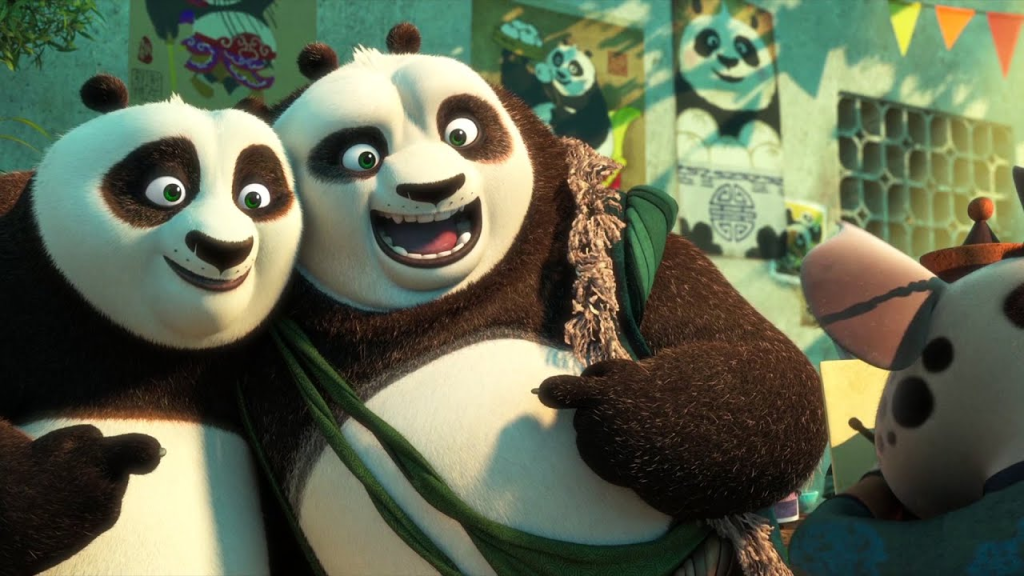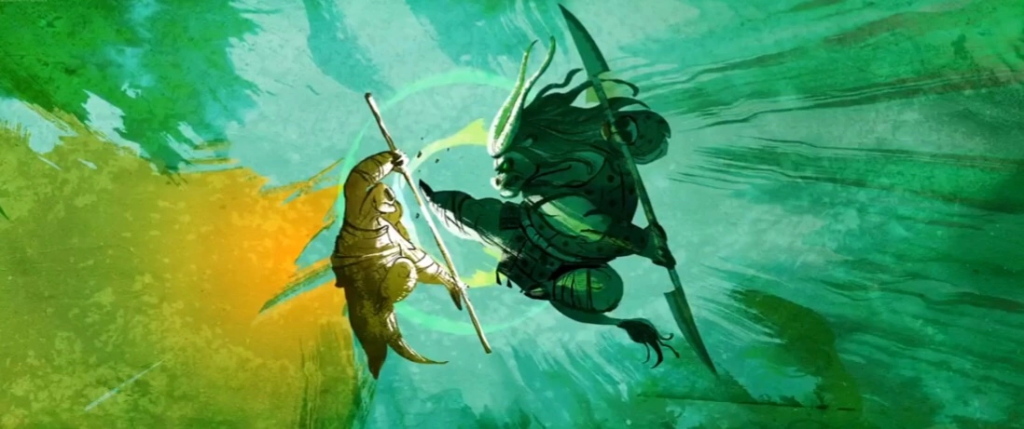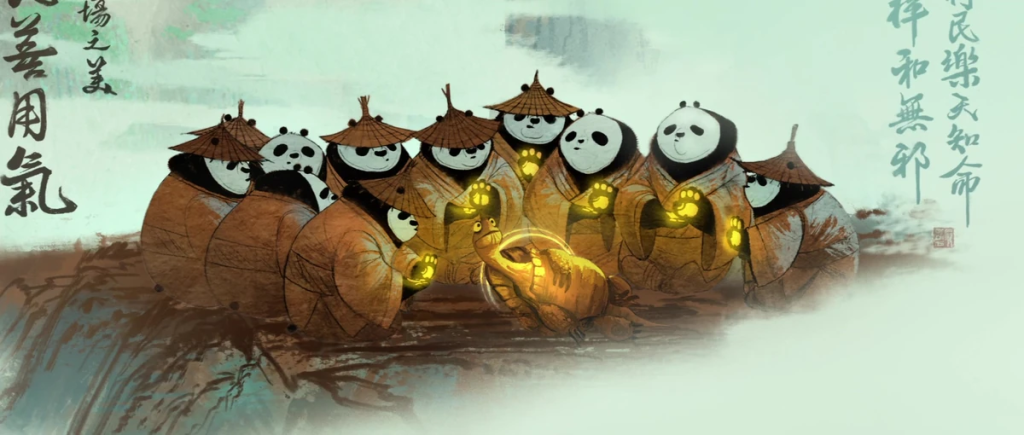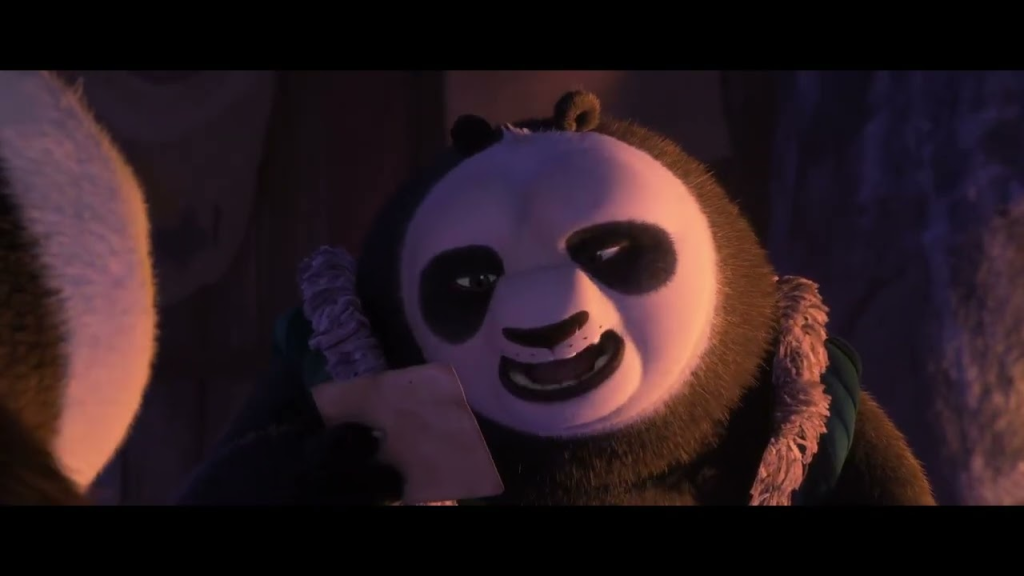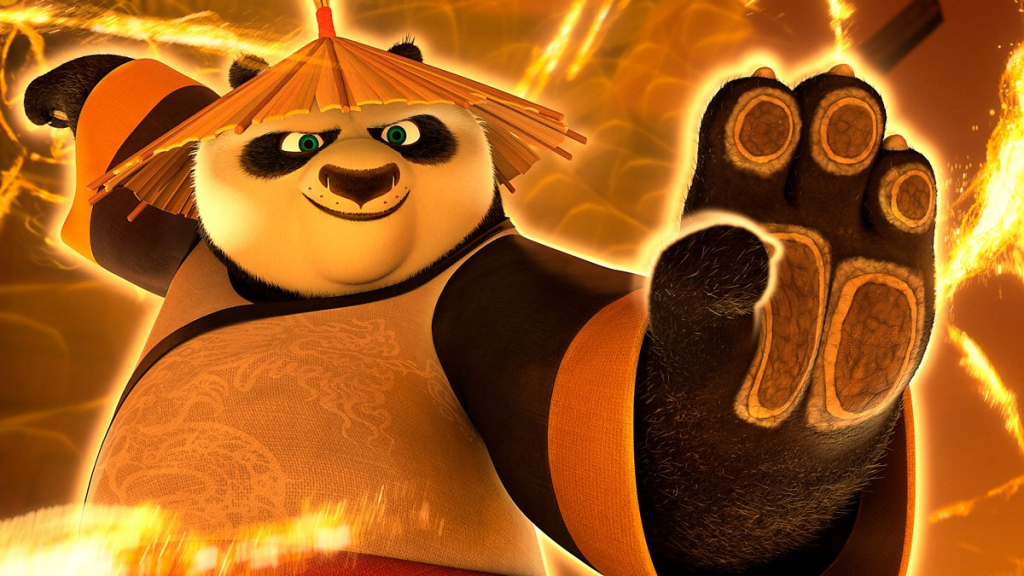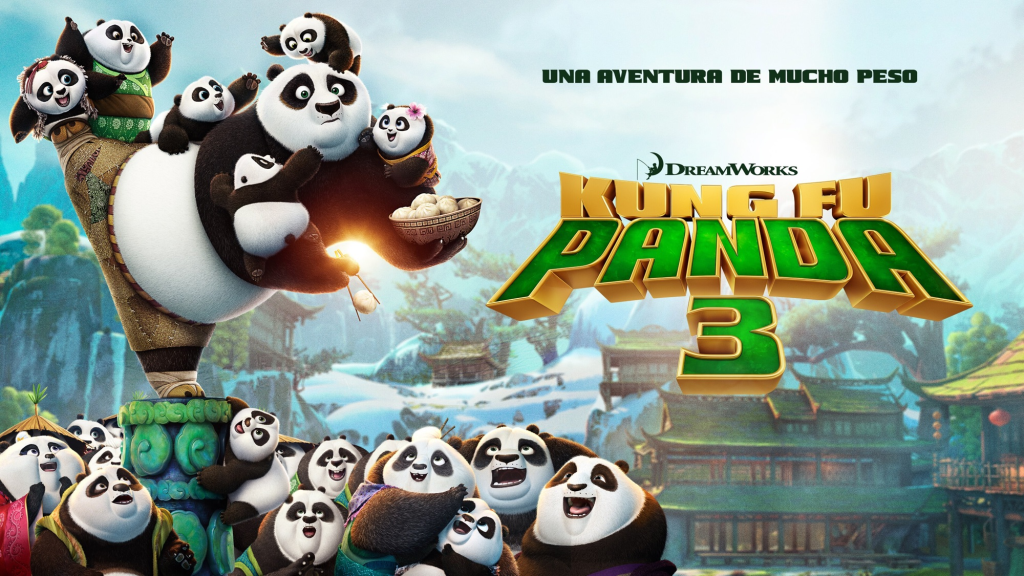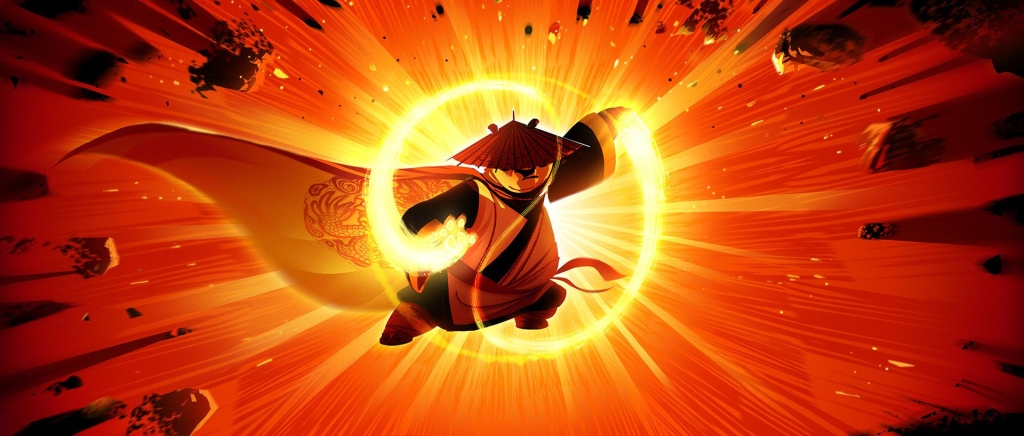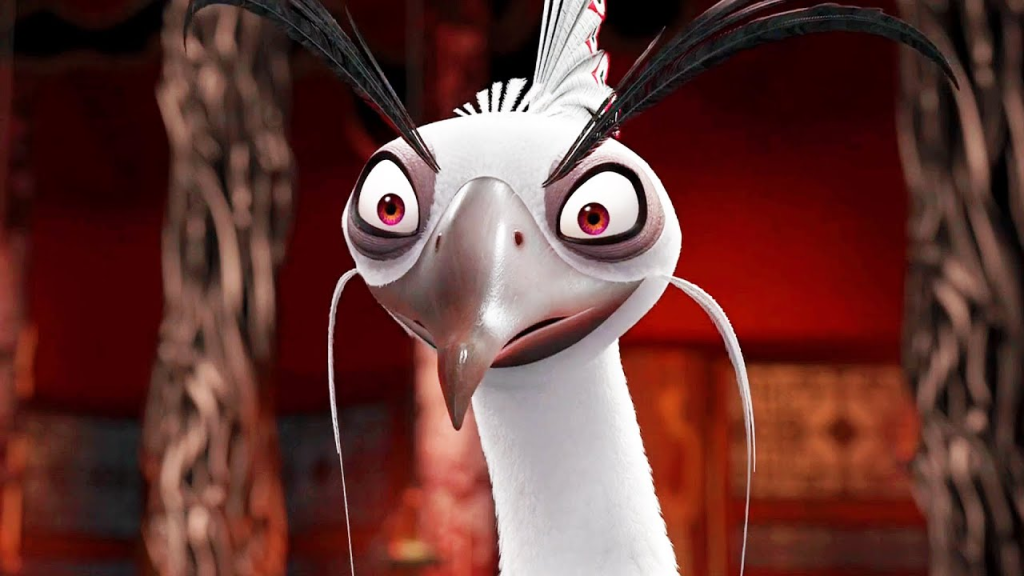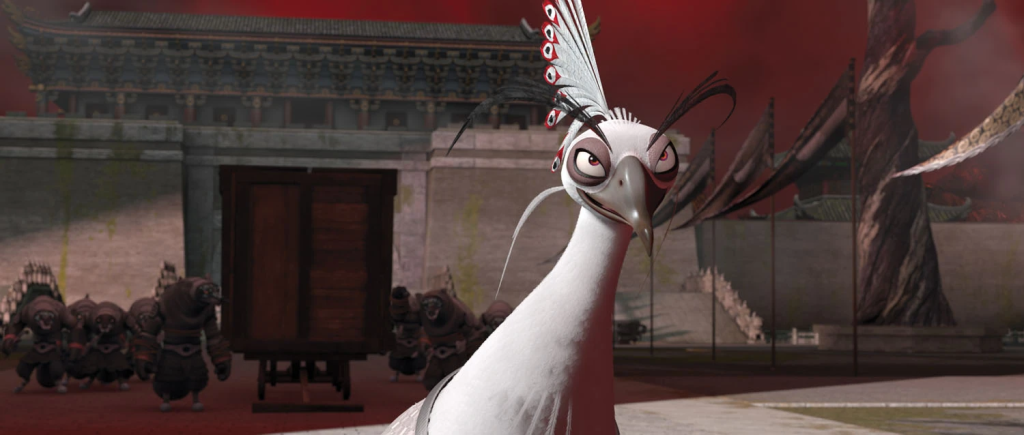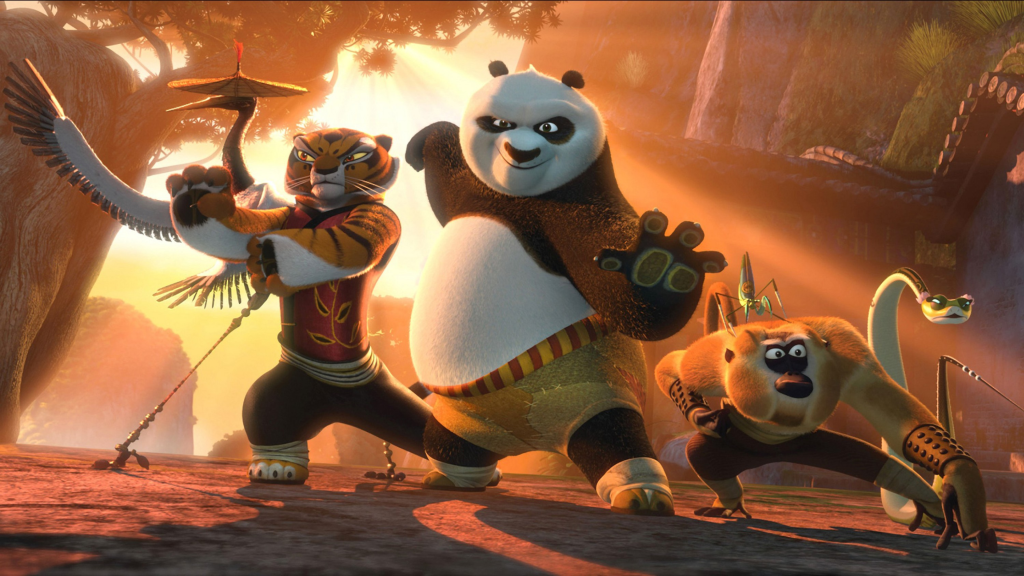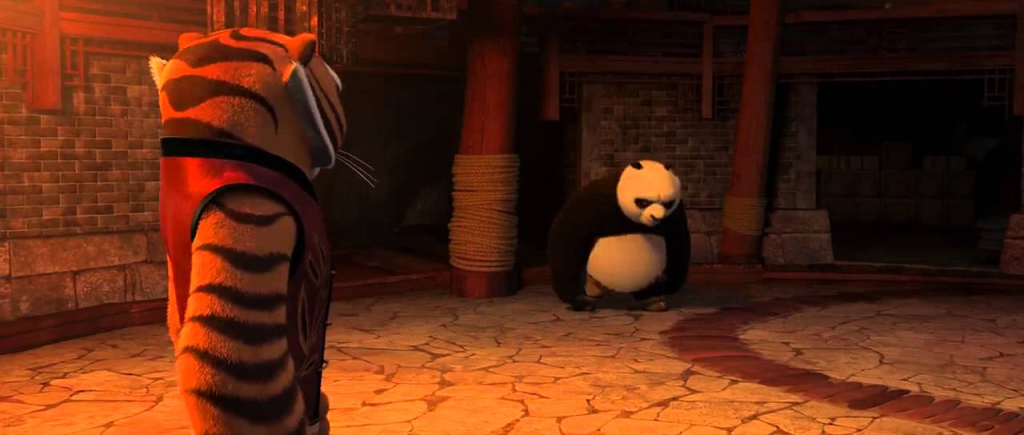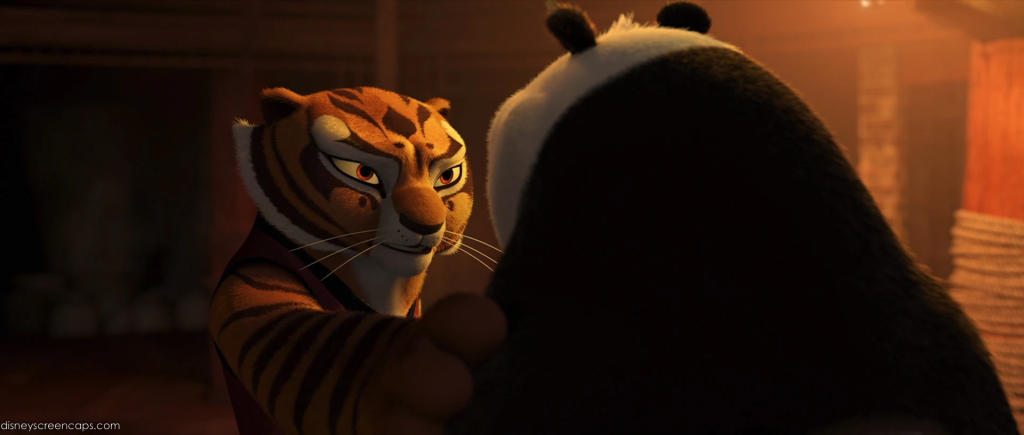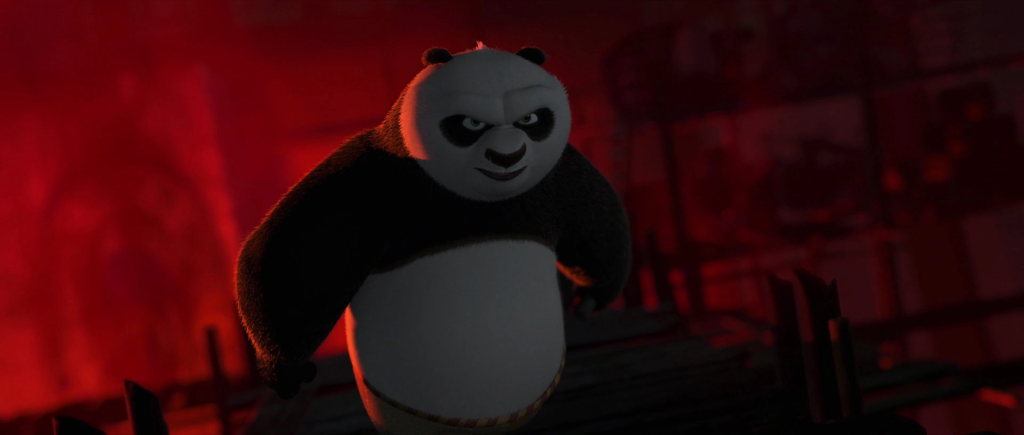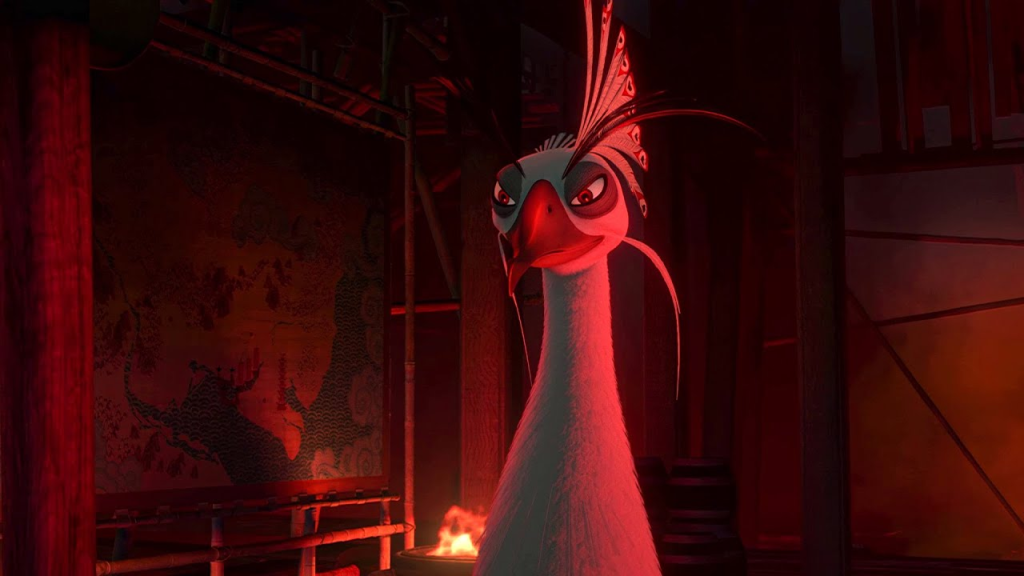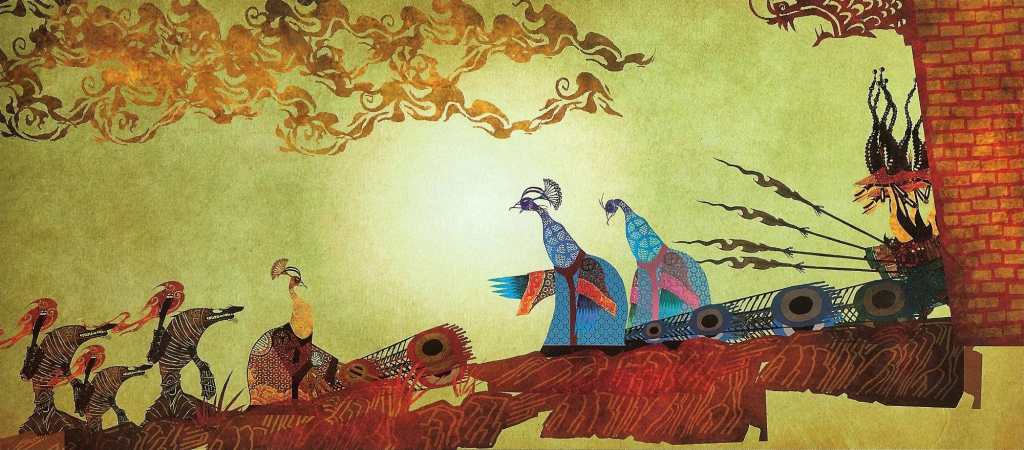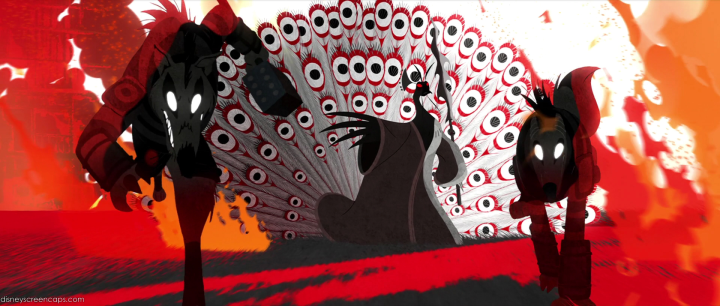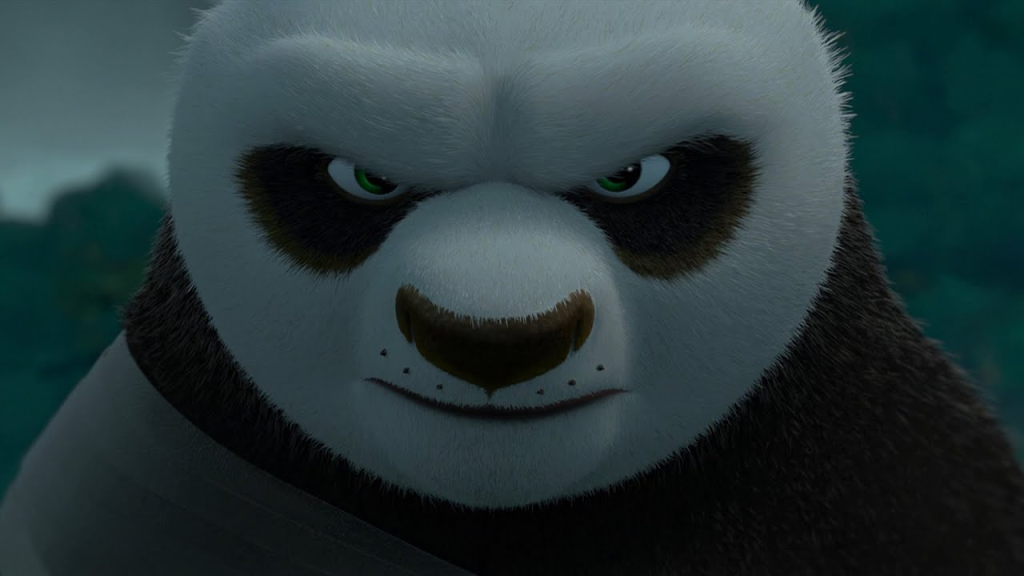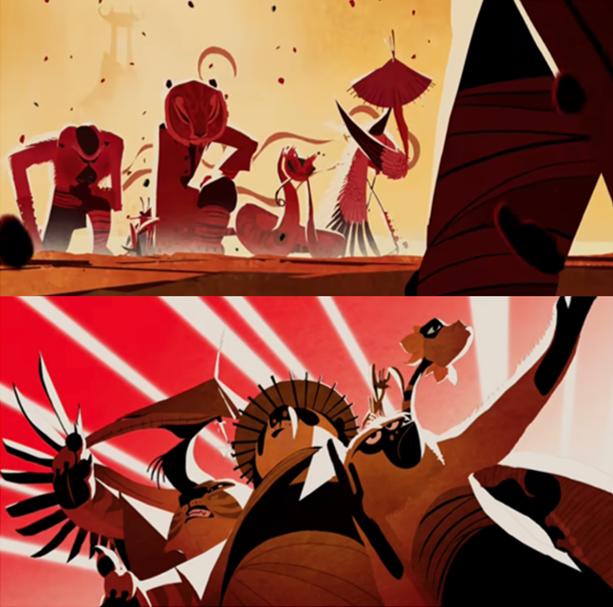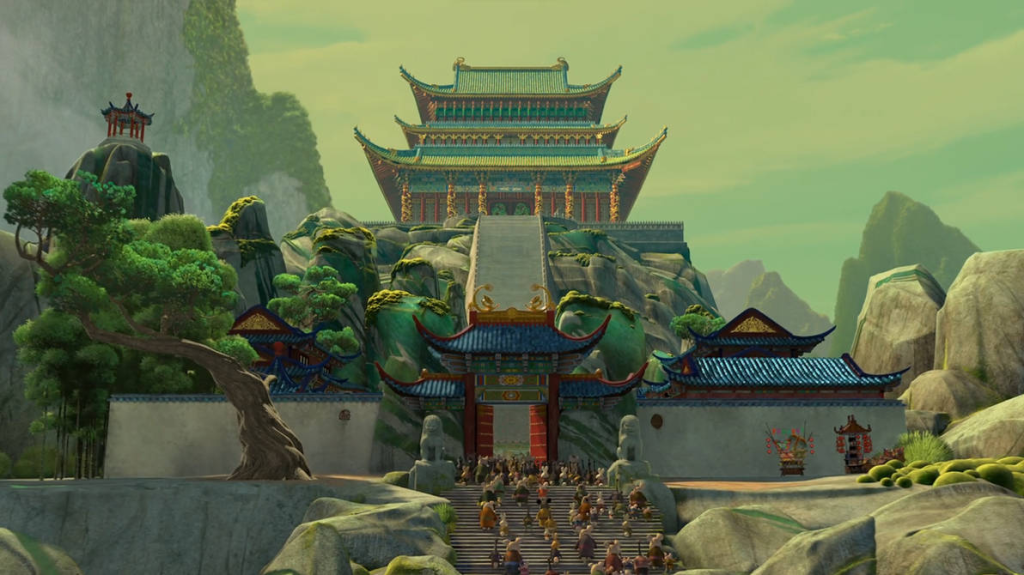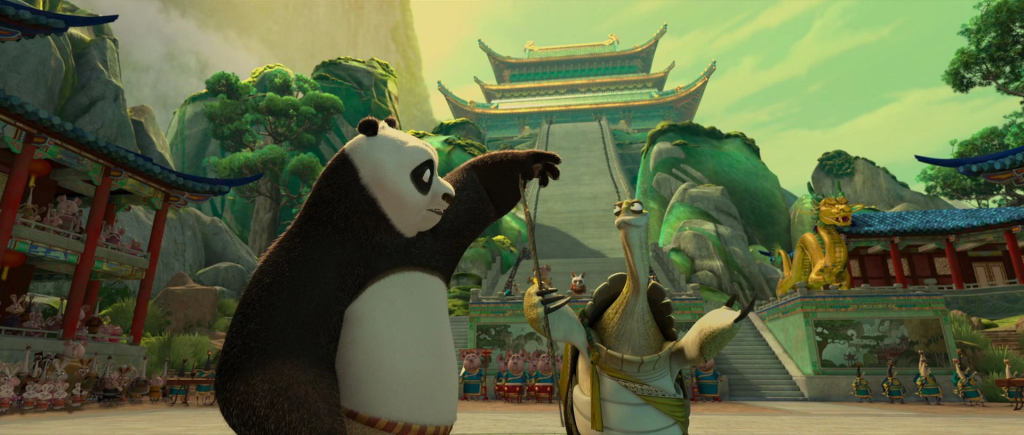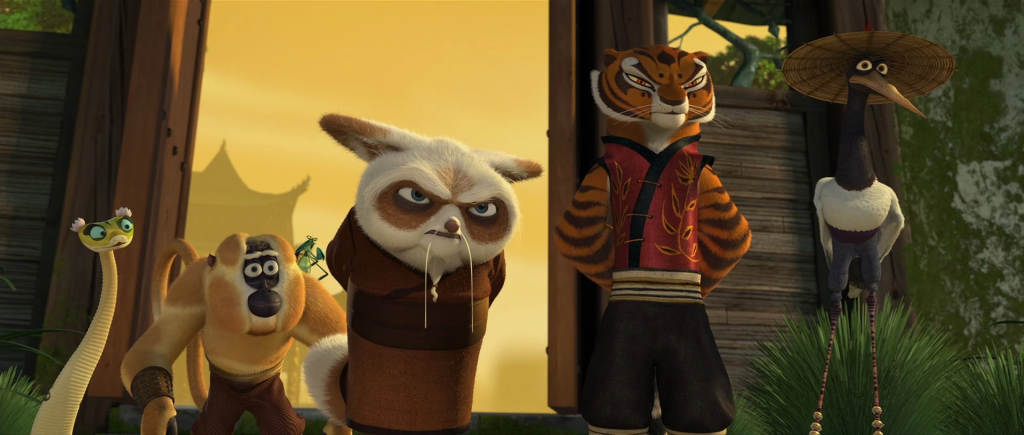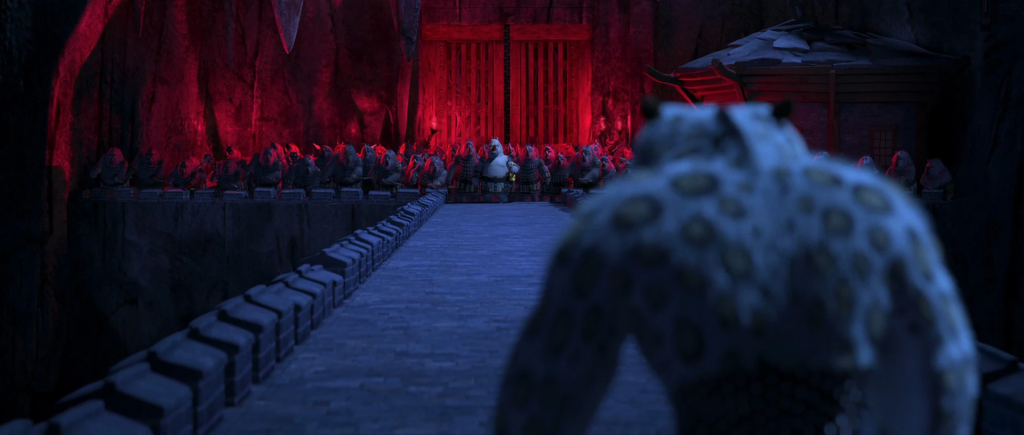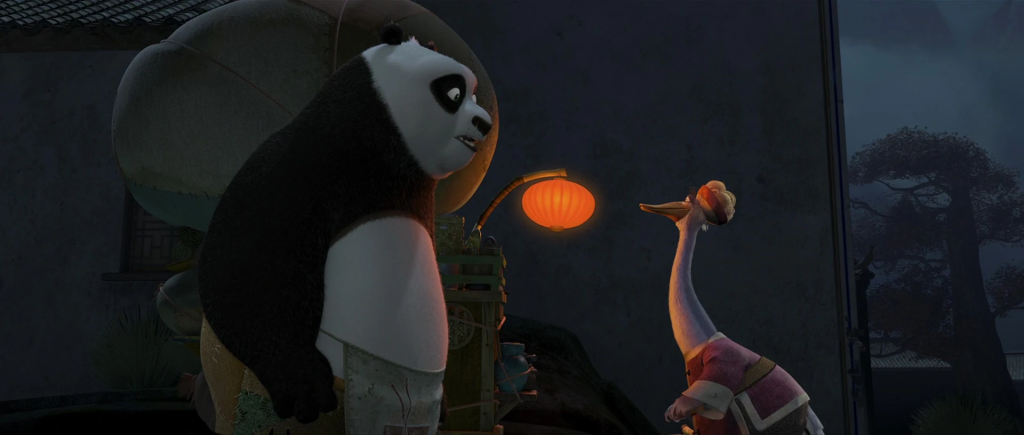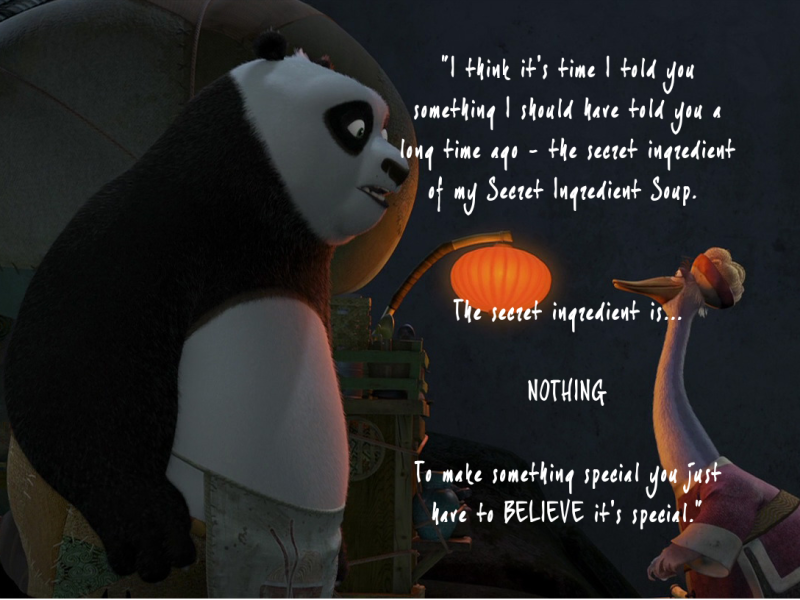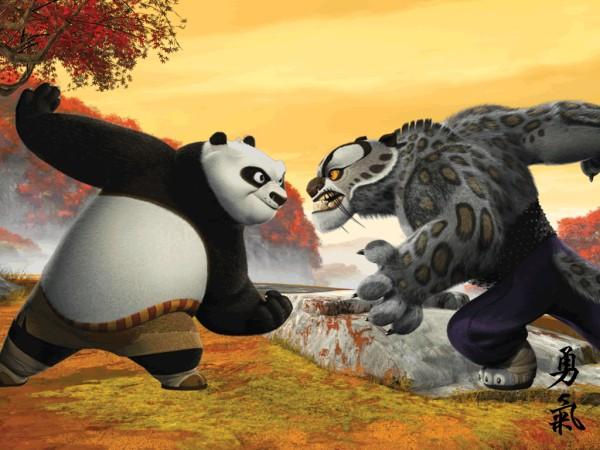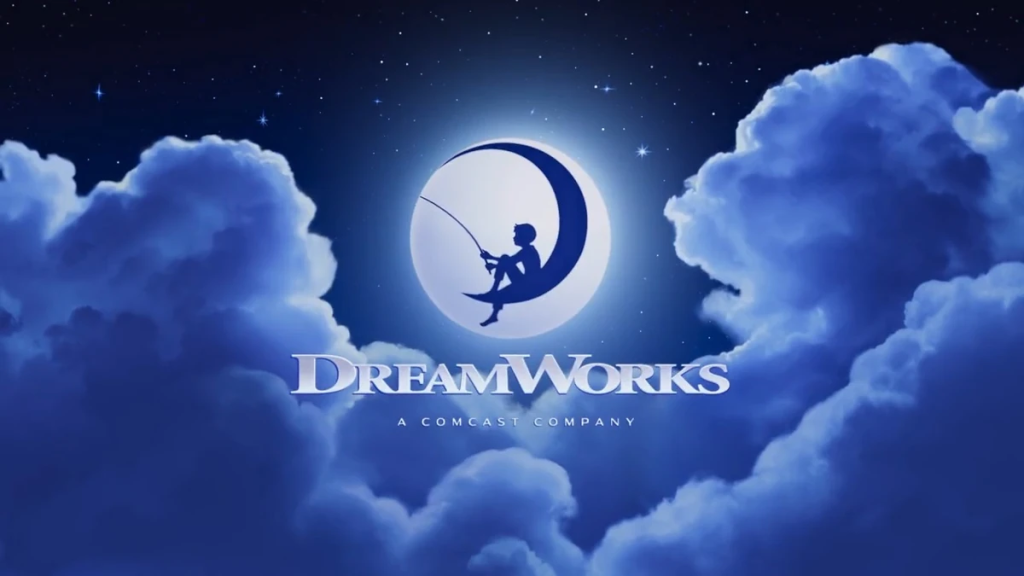
Last year mark the 30th anniversary of when DreamWorks Pictures and DreamWorks Animation was first founded.
If you were ask me what major studio out there acts as major competition towards Disney, the answer you would likely get more times than not is DreamWorks. When comparing to two, it’s like comparing Marvel to DC. While the former have be more consistent in quality and have a lot more good movies under their belt, the latter on the other hand tends to have both higher highs and lower lows than their competition. However, when they nail a movie, they really, REALLY nail it!
While their inconsistent through their three decade long history is frustrating, there has been PLENTY of greatness to come from DreamWorks Animation throughout their history. And I decided to make a top 15 list to celebrate that greatness.
First off, here’s some honorable mentions.
Honorable Mentions:
- The Road To El Dorado
The Road of El Dorado deserved a much better reputation than it got back when it came out in 2000. This is basically Moana meets Uncharted meets The Mummy meets The Emperor’s New Groove. It’s got beautiful animation, fun main characters, plenty of witty humor and catch songs, and a charismatic voice cast to carry the entire picture through. It’s not the very best of the best from DreamWorks and does follow most of the “animated road trip movies” cliches to a T but this is still a very enjoyable animated film that deserves recognition.
- Chicken Run
DreamWorks’s first ever stop-motion feature film is known more for it’s reputation as oppose to it’s quality but it’s quality is still quite good regardless. The animation, character, humor, and voice work are all good here if not a bit dated. Maybe it’s because it’s not a movie that I grew up with or have much nostalgia that’s holding it back from being in the main top 15 list but Chicken Run is certainly worth a spot on this list due to it being one of the first memorable works to come from DreamWorks Animation.
- Shrek Forever After
The (to-date) final entry of the Shrek series did not get much love when it came out back in 2010 (even I talked down to it a few times on here) but time has certainly been kind to Shrek Forever After. It takes a page from the book of It’s A Wonderful Life to make this a culmination of the entire Shrek franchise up to this point, which we see a universe where Shrek never exists and how it impacted those he has grown attached to. The animation is stellar, Rumpelstiltskin is one of the better antagonists in the series, and it has a handful of pay-off moments that might just satisfy long-time fans who grew up with the series. Unfortunately, it’s held back by Shrek’s overall arc, which is mostly just a repeat of his arc from the last one (Shrek is not satisfied with his current life and wants to go back to the old one) and that infamous outburst scene that set this arc in motion feels WAY too out of character for our beloved ogre. Still, it is at least able to act as a better series capper than say, Shrek the Third.
- Kung Fu Panda 3
Kung Fu Panda 3 is a film that is easy to dismiss when looking at it on the surface. From its familiar plot beats to its toned down humor, it almost feels as if it’s falling into the traps that the franchise has been avoiding up to this point and that it’s starting to become a shadow of it’s former self. However, with seeing how Po’s journey concludes by the end of the movie and at the end of this trilogy, there is something to chew upon greatly here. It really feels like Po has fully 100% lived up to the Dragon Warrior name, just as Oogway hoped he would the moment he chose him in the first movie. It’s a step down from the first two movies but still solid overall.
- Dog Man
This is about as fun, chaotic, and scatterbrained as the source material it’s based on. There was clearly a lot of love and care put into the colorful animation, creative humor, and translating the charming character of Dog Man properly to the big screen. While not quite on the level of something like Captain Underpants: The First Epic Movie, Dog Man makes for a perfectly enjoyable film for kids and family that I’m sure fans of the book will fall high over heels for.
Now, here we go with the top 15! Enjoy!
15.) The Madagascar Trilogy
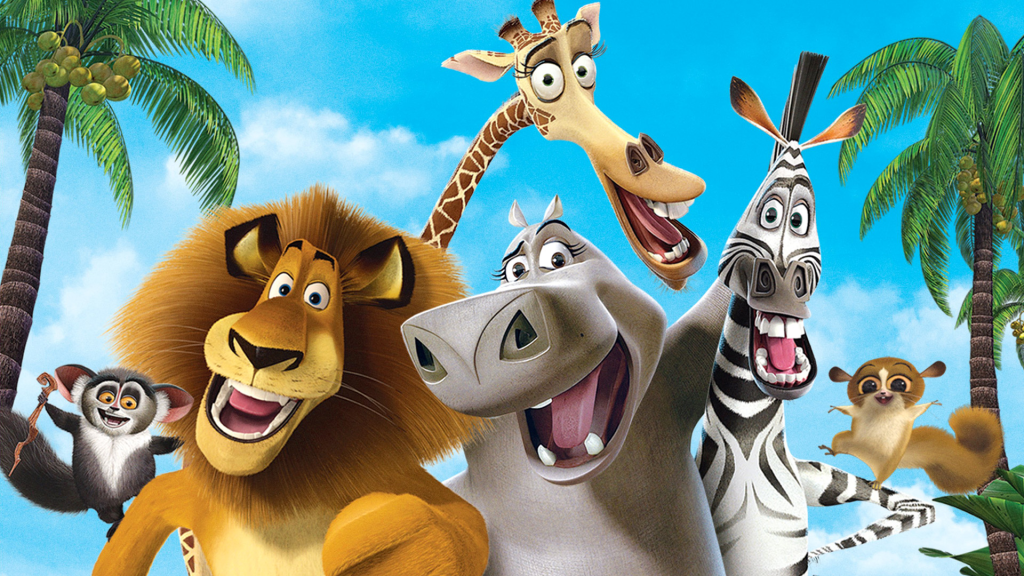
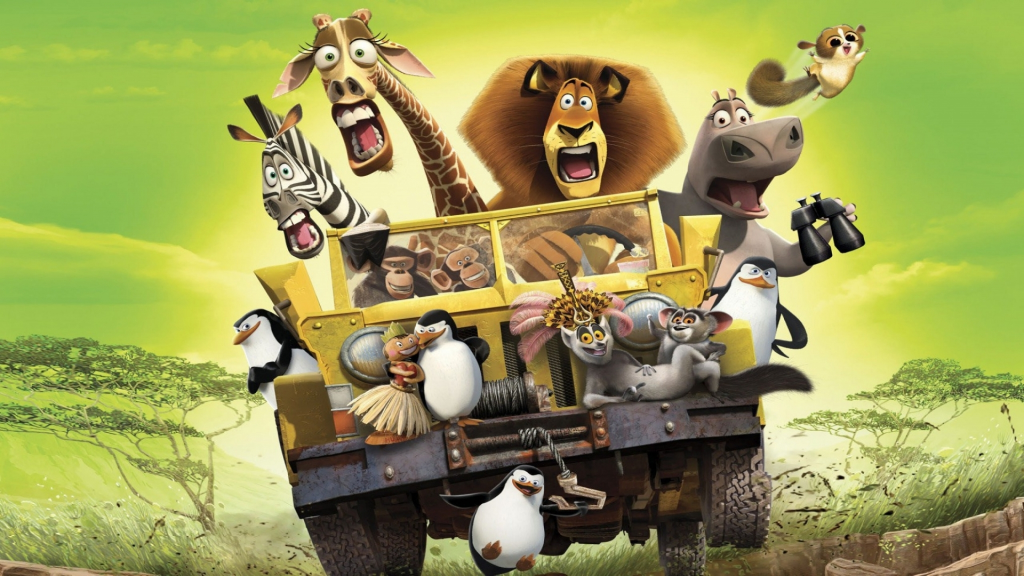
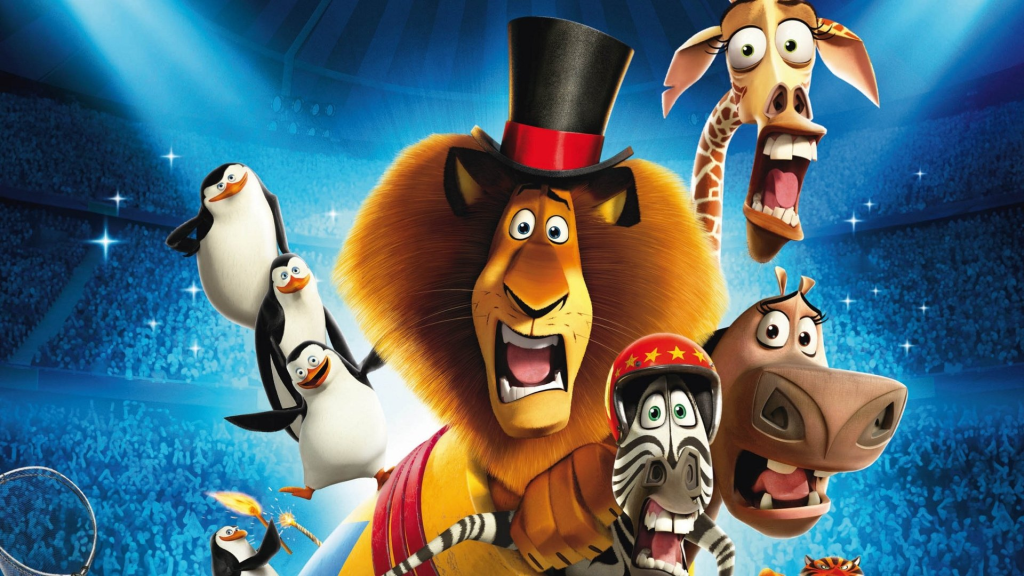
When it comes to comparing all the successful DreamWorks franchises out there, Madagascar is a series that sits comfortably in the middle-of-the-road for me, and I mean that in a respectful way. It doesn’t reach the highs with the likes of Shrek, Kung Fu Panda, and How To Train Your Dragon but it’s certainly no Shark Tale, The Boss Baby, or Trolls either. It first perfectly as being solid, enjoyable animated flicks about a bunch of misfits animals that are trying to do everything in their power to get back home to New York. They are about to as creative, funny, and energetic as you can possibly expect for these kind of movies. with no deviation from that quality whatsoever. It’s hard to distance themselves as individuals films, which is why I decided to put the entire trilogy together in order to find a spot for them on this list. While far from the greatest from DreamWorks Animation, the Madagascar trilogy does it’s job to be as hilarious and entertaining as they can possibly be.
You might want to also check out The Penguins of Madagascar tv series, that is really great!
14.) The Bad Guys 2
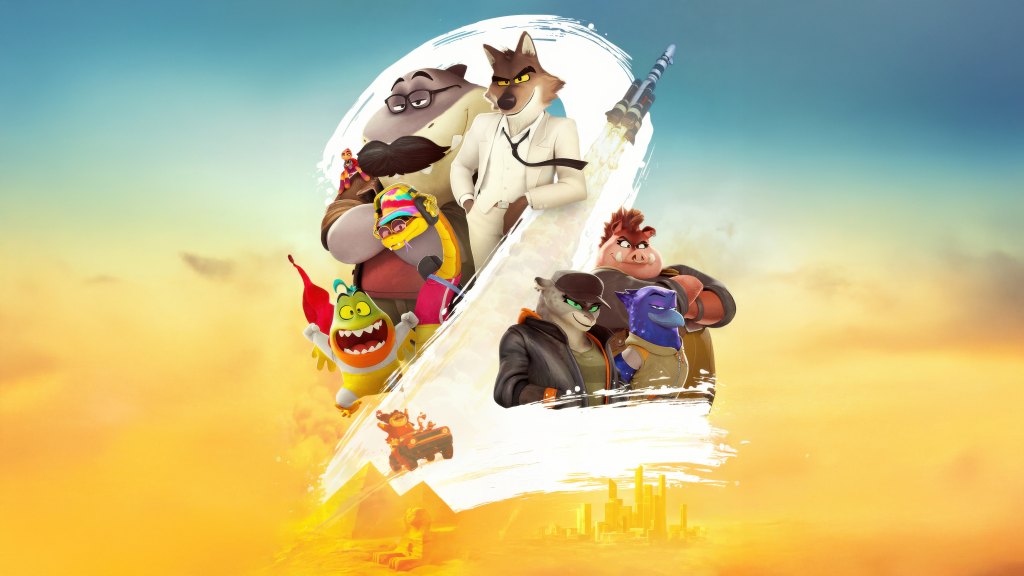
For as all over the place DreamWorks Animation can be in terms of quality, if there is one thing they know how to do consistently, it’s making a darn good sequel, particularly a darn good Part Two. And The Bad Guys 2 is certainly no exception to that. This is able to continue the story of our beloved misfit animals, as they try to take their next step into society to be better people, even if they live in a society that just won’t let them do that. When they see them getting into action when an all-female squad known as The Bad Girls, the crew comes out of retirement to doing what they are good at, just being plain bad. Everything you love about the original from an animated, comedic, and dramatic standpoint is still present throughout The Bad Guys 2, being able to capture the charm of the original while also able to blaze it’s own path from a narrative standpoint, setting the table for an even better Part Three. It may not feel as “fresh” as the original Bad Guys and I would be lying if I said I was completely surprised by everything happening on screen but The Bad Guys 2 is still able to deliver the Part Two goods when it counts the most. Don’t let the fact that this is only #14 prevent you from giving this a watch when it comes out in theaters! There just happens to be 13 more films that I enjoy more than this!
13.) Captain Underpants

That’s right, I got Captain Underpants on here! Sue me! What might just be the most CRIMINALLY underrated/overlooked movie that DreamWorks has ever released, Captain Underpants: The Epic Movie is an absolute gem that is not just a perfect adaption of it’s source material but it’s a great animated film in it’s own right. It’s a bright, colorful, charming, and EXTREMELY silly movie about two troublemakers living out their childhood fantasies and facing the potential consequences for doing so. Kevin Hart and Thomas Middleditch have great chemistry with one another and helps make the film standout as a laugh out loud riot. The film’s toilet and slapstick humor will certainly not appeal to everyone but then again, this is literally a movie called CAPTAIN UNDERPANTS for crying out loud! If you never seen or heard of Captain Underpants: The Epic Movie, check it out as it’s pretty darn great.
12.) Megamind
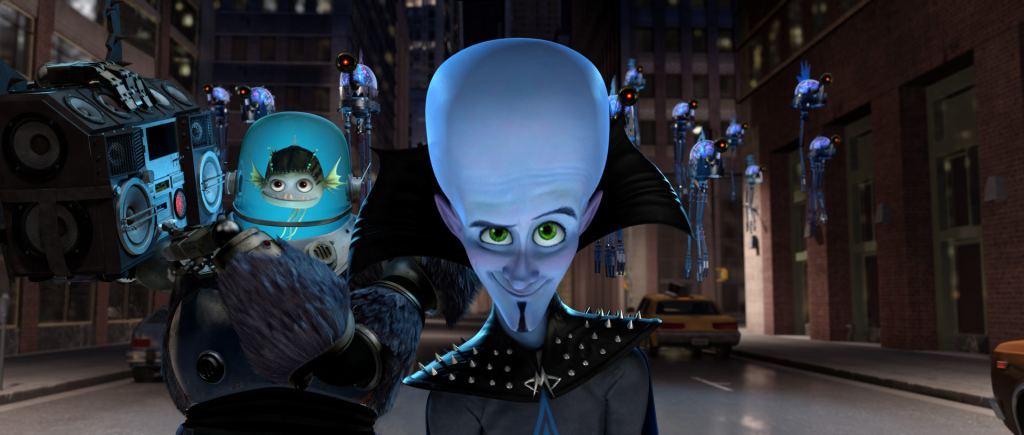
Yes, the sequel that came out recently was absolutely terrible. That does NOT change the fact that the original Megamind was just awesome. Able to subvert the standards and cliches of most superhero flicks to create something more interesting and layer, this is able to act as a massively entertaining destruction of the sub genre that has dominated Hollywood blockbusters for the majority of the 21st century. Will Ferrell is perfect as the title character and has great chemistry with David Cross’s Minion, Jonah Hill makes for a super fun bad guy as Titan, and Tina Fey is able to make Roxanne Ritchi stand out as one of the better superhero news report ladies out there. We also can’t forget the superb animation, awesome set pieces, and song choices and needle drops that all fit perfectly. Do not let the awful sequel or recent tv series distract you from the fact that the original Megamind is one of the better and most creative DreamWorks animated movies they have ever made.
11.) The Bad Guys

The Bad Guys is the DreamWorks equivalent of Zootopia and Suicide Squad and it could not be better for it. A fun, beautifully animated flick about the joys of being well the bad guys, with exciting and energetic set pieces to boot. The characters are all likable, the animation style is unique and works perfectly with it’s art style, and even for a film technically made for kids, there’s a bunch a fun little nods and gags for adults to enjoy, the kind of ones that kids won’t recognize until they rewatch this movie a decade or two later. It’s not quite as clever or subversive as other DreamWorks properties out there such as Megamind but it definitely makes for one gloriously entertaining watch and has great potential to be DreamWorks’s next big franchise going forward. Also, Diane Foxington! Just…………Diane Foxington!
10.) How To Train Your Dragon 2
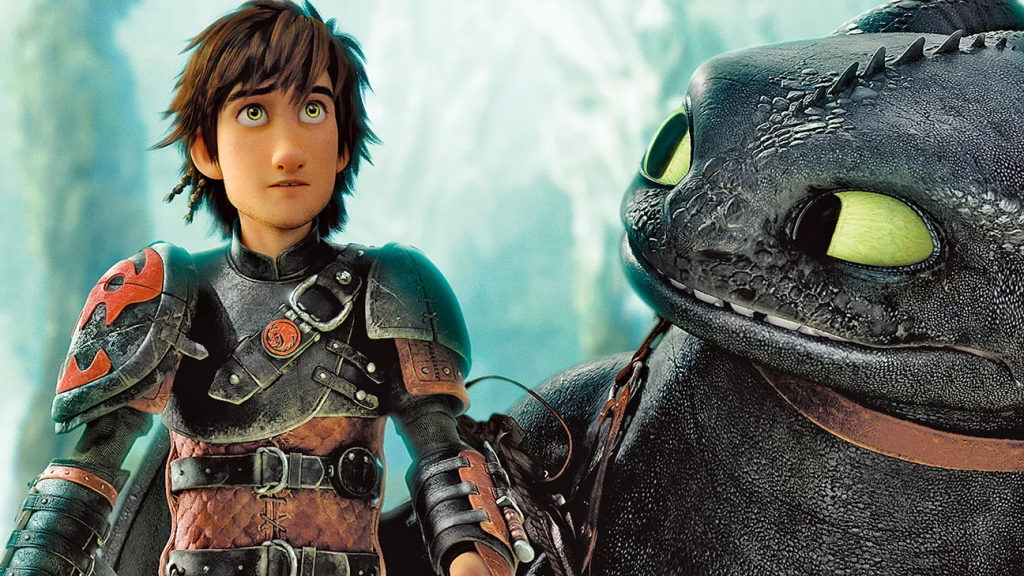
Fulfilling it’s role as the dark middle chapter of DreamWorks’s most critically acclaimed film series, How To Train Your Dragon 2 is a strong example as to why DreamWorks themselves can be counted on to deliver strong middle chapters for stories when they count the most. Taking the next level in terms of animation and technical achievements, this sequel is able to exceed for the same reasons that the very best sequels out there are able to do. It takes the characters to the next step of their development by putting them on a journey which makes them challenges who they are and why they do what they do. The voice work is particularly strong here, especially with Cate Blanchett acting as Hiccup’s long lost mother, delivering in the most powerful dramatic moments of the film. Not to mention, the surprising fate with one of the characters stands as one of the most bold moves that any DreamWorks film has every made. While the antagonist himself is a weak line and it lacks the freshness and novelty the first film had, How To Train Your Dragon 2 is still a very impressive animated sequel that is worthy of praise.
9.) Shrek

Enter the iconic character that acts as DreamWorks most popular franchise, the original Shrek still holds up gracefully! Being able to bring together the traditional fairytale characters and tropes while also doing something incredibly fresh, funny, and subversive with them. Mike Myers, Eddie Murphy, and Cameron Diaz all fit their roles like a glove and help make their characters of Shrek, Donkey, and Fiona more iconic than they have any right to be. The song choices are inspired, the pop culture references actually work very well, and it has an overall nice moral of never judging someone solely on their appearance. It’s a shame that certain folks out there only recognize this movie for it’s memes and not for the actual top quality of this motion picture. Even when taking away the memes and self-aware jokes, Shrek is still a genuine classic that has stood the test of time as being one of DreamWorks’s greats.
8.) Wallace & Gromit: The Curse of the Were-Rabbit
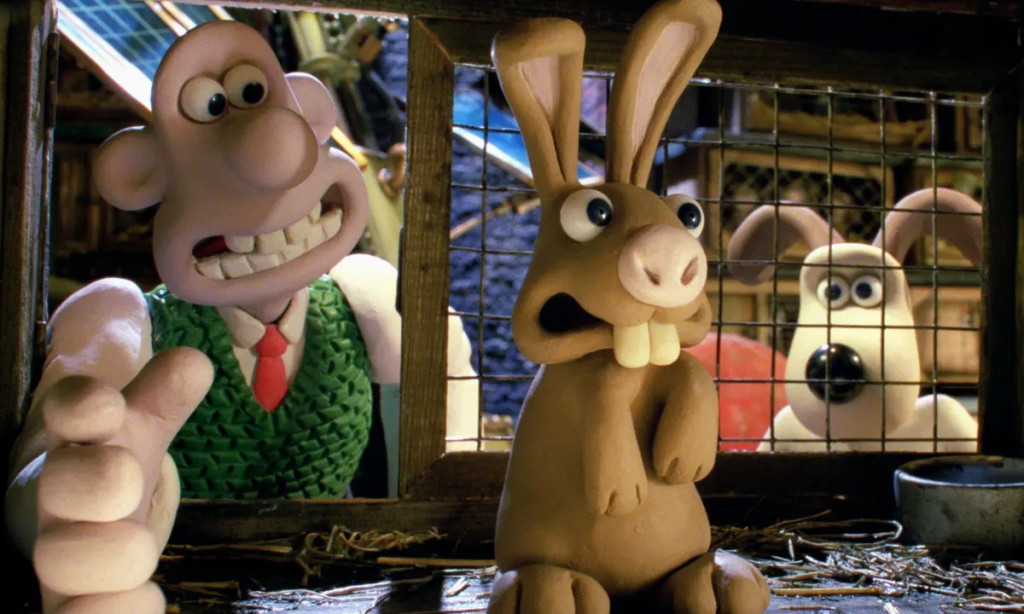
The second feature film from both Aardman and Nick Park, coming off the pretty good Chicken Run, Wallace & Gromit: The Curse of the Were-Rabbit is proof that the duo could in fact make lightning strike twice. This is a hilarious stop-motion picture with unique animation, great jokes, and likable characters that are able to pull the hold thing through. Not to mention, Gromit might be the cutest and most wholesome dog in movie history. The villain is quite flat here and I admittedly don’t know how this will appeal to those that aren’t the fondest of stop-motion animated films. However, looking at it objectively and being among the most inventive DreamWorks films throughout it’s history, there’s not much you can pick apart about Wallace and Gromit: The Curse of the Were-Rabbit. This vegetable caper is definitely entertaining and a cracking good film to watch whenever you need a good laugh. And thankfully, the most recent animated sequel (Which was NOT distributed by DreamWorks btw) is able to be no exception to that either.
7.) Kung Fu Panda

If there is one movie out there that is basically the textbook definition of “Don’t judge a book by it’s cover!”, that would be Kung Fu Panda. On paper, this sounds like the dumbest idea ever. A big fat panda voiced by Jack Black learning Kung Fu?! That feels like an idea that came from the same person that thought The Emoji Movie would be a great hit! However, once the movie came out during the summer of 2008, we all could not have been wrong about Kung Fu Panda. It’s able to use that “Don’t judge a book by it’s cover” mindset that not only acts what most folks thought of Kung Fu Panda when watching it but use that as the central theme throughout the film. And it’s that theme that makes for the perfect way to tell the story of the main character of Po, the titled panda that learns kung fu. We also got terrific animation, superb fight sequences, a wonderful supporting cast of characters, a riveting musical score and amazing character development all the way through. It’s those exact reasons and much more that makes Kung Fu Panda as good as it is. This is a film that doesn’t in spite of it’s delightfully silly premise, it works BECAUSE of it! And it could NOT be any better for it!
6.) The Prince of Egypt

The Prince of Egypt is one of the most beloved animated films ever made and you can certainly understand why. The animation is stellar, the music is great, the tone feels just right, the art style works, it’s religious aspects are interesting and very well explored, and it’s an overall moving story about two brothers that start out being together until the end of time but then later becomes bitter rivals to their last dying breath. Some of the songs aren’t the greatest and don’t fit (especially the Priests song) and it’s something you definitely have to be in the right “mood” to enjoy but for what it’s worth, The Prince of the Egypt is still a very impressive animated film and perhaps the best depiction of the Moses story that’s been seen on film to date, animation or otherwise. Even if you aren’t a religious person or dread having any ties to any known religion, this is one of the few movies of it’s own kind that I could recommend to just about anybody. It’s that darn good!
5.) Shrek 2

If you want to talk about the perfect sequel, look no further than Shrek 2, along with the other sequels on this list of course. The story is more engaging, the characters are more lovable and charming, the animation is more gorgeous, the voice work is more stellar, the set pieces are more creative, the fairytale/pop culture references are even better utilized, and the humor is much more funny this time around. Add in the wonderful presence of Antonino Bandera’s Puss in Boots, the Fairy Godmother as the main villain, and one of the best climaxes arguably in film history with an AMAZING usage of I Need A Hero and you got one beautifully done animated sequel. There are a handful of logic issues (Like how it takes forever for Shrek and company to get to Far Far Away but only takes Gingy, Pinnochio, and others like a couple of hours to get there) but when a sequel is this well-made, heartfelt, and absolutely HILARIOUS (The C.O.P.S. gag gets me EVERY time!), it’s impossible to care. Great comedy sequels are really hard to come by and Shrek 2 stands out as one of the very best in that regard!
4.) How To Train Your Dragon

On paper, How To Train Your Dragon movie seems like every traditional hero journey and human-animal bonding flick you have ever seen. However, not only does it do just about all of those traditions so well, it’s done in an extraordinary way that it feels like you are watching this story on fold for the very first time before your very eyes. Hiccup makes for a very likeable protagonist that’s easy to root for and his relationship between his pet dragon, Toothless, and his soon-to-be lover/partner in Astrid are so engaging, acting as the beating heart of the film. And don’t get me started on it’s stellar animation and flying sequences that blew my mind when seeing it in theaters back in 2010 and still blows my mind to this day. How To Train Your Dragon is prove that just because you are telling a familiar story does NOT mean you have to tell it in a familiar way. If you add enough freshness and novelty to it where it feels like you are seeing this story being told for the first time ever, then you have succeeded entirely and have one big animated classic on your hands. While I may not known how faithfully this is from an adaption standpoint (Yes, this is based off a book), as a film, the original How To Train Your Dragon was pretty much perfect.
3.) Kung Fu Panda 2

Kung Fu Panda 2 is one of the rare sequels that not only is as good as the original Kung Fu Panda, it’s even better. It does EVERYTHING you want a sequel to do. Instead of doing the same old same old, it actually does something new and different. It takes the characters into exciting and new directions, it expands upon it’s story and lore in the most logically way possible, the action and animation are taken to the next level, the villain of Lord Shen is given more focus and is used perfectly, and it’s able to act as the best possible next step for the journey of Po as oppose to do just retreating steps from his first go around. Also, the scene where Po discovers inner peace is the series true definite moment up to this point, as well as just being one of the most beautifully done sequences in animation film history! (You are a robot if you did not cry during that scene!) Kung Fu Panda 2 is not only the best Kung Fu Panda movie thus far but it’s possibly one of the best animated film sequels ever made period. It’s so good that there’s a good argument to be made that this is where the series officially peaked.
2.) Puss In Boots: The Last Wish

Acting as perhaps the most surprising film that DreamWorks Animation has ever done, Puss in Boots: The Last Wish is an exciting, triumphing Part Two to go along with the other great Part Twos that DreamWorks Animation has created with their filmography. The animation is spectacular, the characters are engaging, the set pieces are fun and inventive, the story goes into dark places you wouldn’t think a simple “kids” movie would go, and it teaches a very valuable lesson on how we should live our life to the fullest with the ones we love before it’s too late. This also has perhaps the most entertaining bad guy in DreamWorks with Jack Horner and the most scary and intimating villain in possibly all of DreamWorks with The Killer Wolf, A.K.A. Death. For a 11-year long sequel that no one was really asking for, Puss in Boots: The Last Wish acted as a near perfect animated film, with phenomenal animation, writing, and voice acting to justify it’s own existence completely. Never in a million years would I guess that it would be frigging Puss in Boots of all characters that could be in the conversation of best DreamWorks Animation film ever made but I guess anything is possible.
1.) The Wild Robot

This may be recency bias but I honestly can’t think of a DreamWorks animated picture that is as complex, layered, and impressive as The Wild Robot. It represents the pinnacle of DreamWorks Animation, delivering one last final triumph before they have to rely on tools and resources from other studios for the immediate future. The animation is jaw droppingly gorgeous, the characters are all engaging, endearing, and wonderful to follow, the voice cast is all terrific with everyone being 100% committed to their role, the musical score is mesmerizing and carries the film on it’s own on several occasions, there’s is plenty of funny gags and emotional beats that work greatly, and the way it tackles the themes surrounding survival, parenthood, kindness, purpose, and coexistence is nothing short of marvelous. The amount of plates is able to spend in the air at once and how many hoops it dares to jump through is able to make the film stand out in ways that it had no business of doing so. This is animation and multilayered storytelling at it’s finest and The Wild Robot might just be the next prime example for that. Thank you to all the folks at DreamWorks who worked in-house for the company and I hope the very best awaits you in the future!

